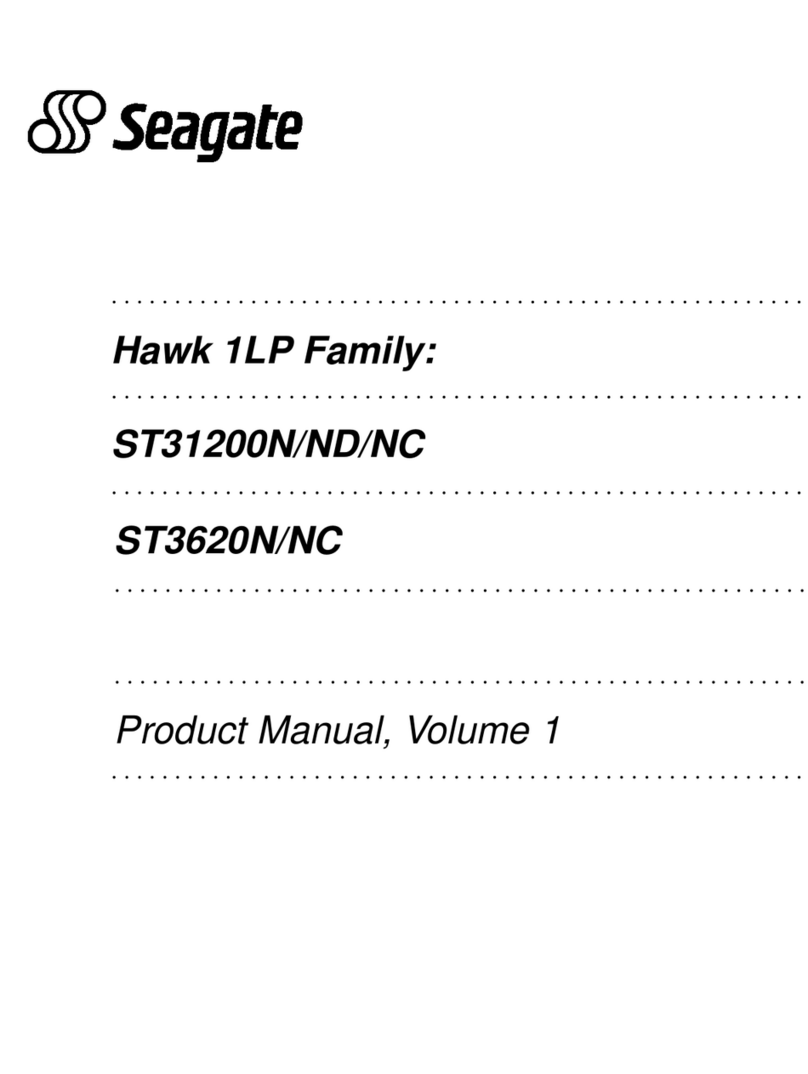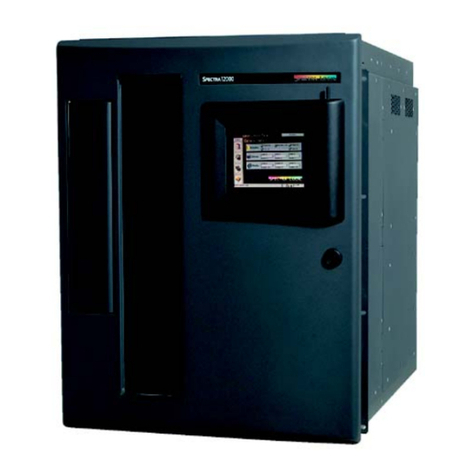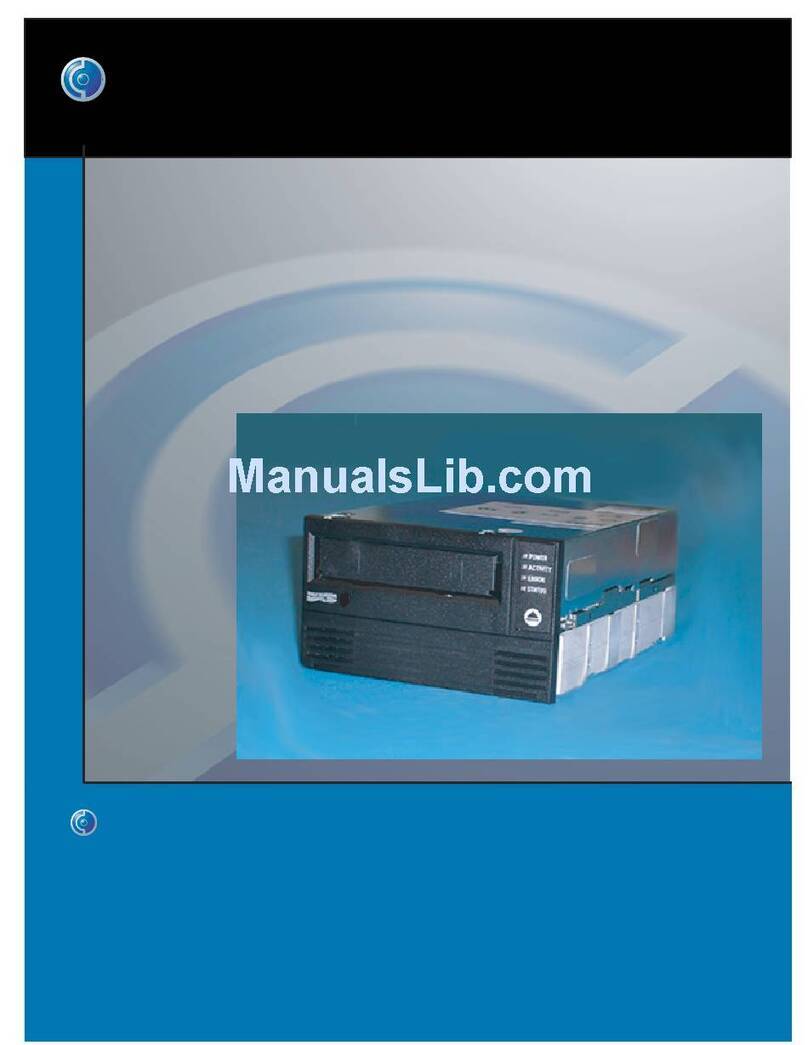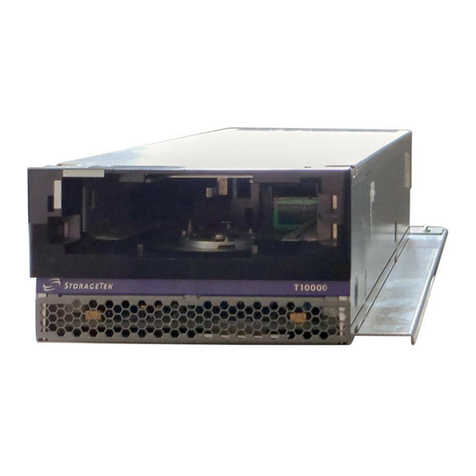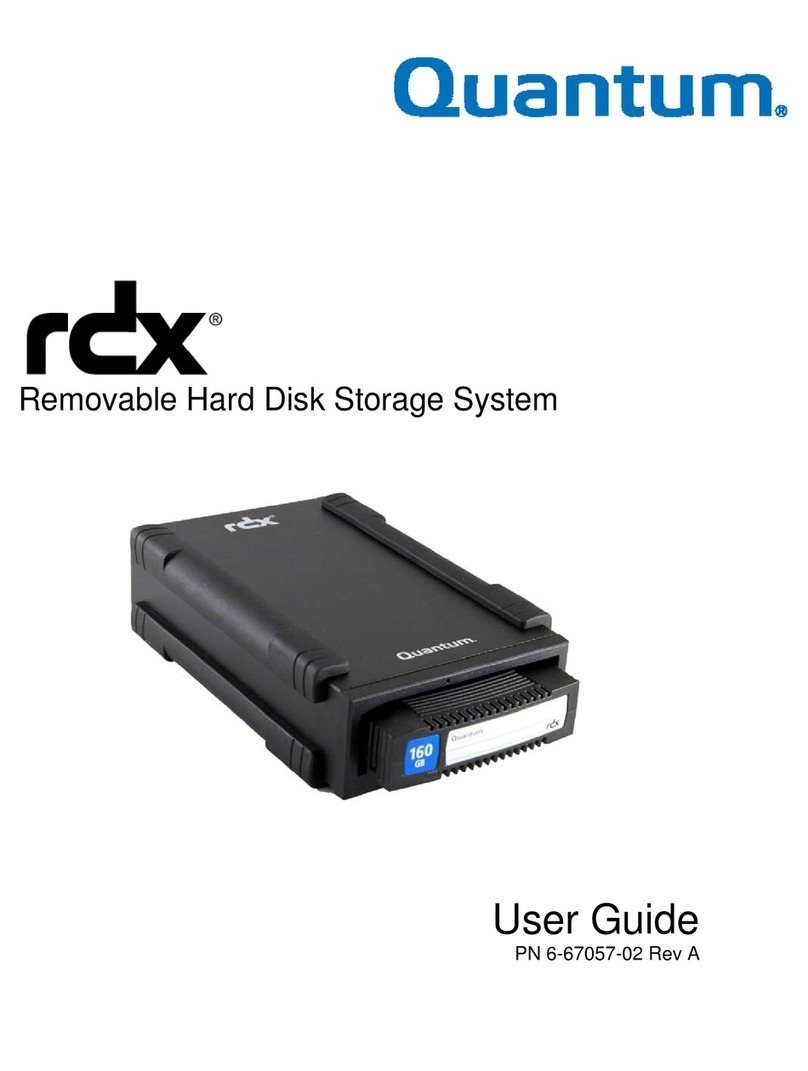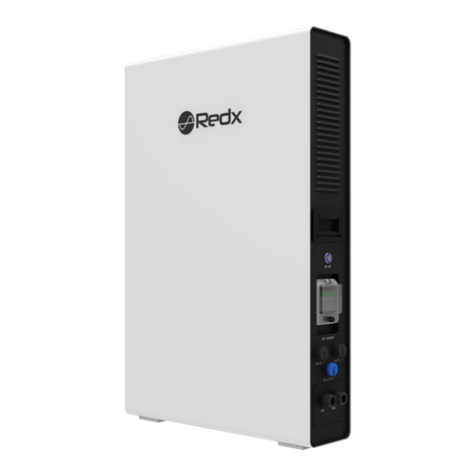SD Systems ExpandoRAM II User manual

SO
#7140042
ExpandoRAM
II
OPERATIO 5MANUAL
P.O. Box 28810,
Dallas,
Texas 75228

•
•
OPERATIONS
MANUAL
EXPANDORAM II
EXPANDABLE RANDOM ACCESS
MEMORY
COPYRIGHT ©1979
BY
SO
SYSTEMS
REVISION C
MARCH
1981

•
•
•
LllUTED
WARRANTY
All
SO
Systems
products
assembled
by
SD
personnel
and
functionally
tested
at
our
facility
are
warranted
for
a
period
of
ninety
(90)
days
fram
date
of
purchase
to
be
free
fram
defects
of
material
and
workman-
ship.
Kits
or
other
products
functionally
unfinished
or
semi-finished
at
the
time
of
shipment
fram
our
facility
are
warranted
for
the
same
period
in
regard
to
material
defects
only
I
with
no
warranty
I
expressed
or
implied,
covering
v..DrJ<manship
of
others.
Should
an
SD
Systems
pro-
duct
fail
to
perfonn
to
specifications,
obtain
a
Returned
Material
Authorization
number
from
your
dealer
or
fran
SO
Systems.
Include
this
mlllmr
in
all
correspondence
and
with
the
returned
product.
Ship
the
it~
prepaid
to
SD
Systems
and
it
will,
at
our
option,
be
repaired
or
replaced
free
of
charge,
provided
the
unit
is
received
during
the
warranty
period.
Testing
or
repair
v..Drk
perfo:rr.leC1
upon
returned
kits
or
other
products
assembled.
wholly
or
partially
by
others
will
be
sub-
ject
to
a
$35.00
minimum
service
charge
unless
such
products
are
found
to
be
non-functional
due
to
defects
in
material
purchased
from
SD
Systems.
In
order
to
validate
this
warranty,
the
enclosed
warranty
card
Itn.lst
be
returned
to
SD
Systems.
If
no
warranty
card
is
on
file
at
the
time
of
product
return,
dated
proof
of
purchase
will
be
required.
This
warranty
is
invalid
if
product
has
been
misused
or
modified.
~7ar
ranty
is
limited
to
replacement
of
defective
parts
and
no
resronsibiIi
ty
is
assumed
for
damage
to
other
equipment.
THERE ARE NO UNDERSTANDINGS, AGREEMENTS, REPRESENTA-
TIONS, OR WARRANTIES, EXPRESSED
OR
IMPLIED, INCLUDING ANY
R,EGARDING FITNESS FOR A
PARTICUL~R
PURPOSE, NOT SPECIFIED
IN THE WARRANTY.
.."
·-.:~;t:
,{.~:
.·1
......
.-
,.lo,'
.,
.~.
-'.:;'.:
.
..
;
.
:.
~·~r.~

•
•
TABLE
OF
CONTENTS
SECTION
DESCRIPTION
PAGE
1
INTRODUCTION
1
1-1
GENERAL
DESCRIPTION
1
1-2
PHYSICAL
2
?
FUNCTIONAL
DESCRIPTION
4
~
3
CONSTRUCTION
6
3-1
ASSEMBLY
PROCEDURE
6
3-2
CHECK
OUT
PROCEDURE
7,
8,
9,
10
4
UTI
LI
ZA
TI
ON
11
4-1
16K
OR
64K
DEVICE
SELECTION
JUMPERS
11
4-2
P
ROt~
INFO
Rr~A
TI
ON
11
4-3
SWITCH
SETTINGS
11,
12
4-4
USING
THE
EXPANDORAM
II
IN
NON-
SD
SYSTEt~S
ENVIRONf'lENTS
12,
13
APPENDICES
A
MEMORY
DIAGNOSTIC
SOFTWARE
LISTING
B
EXPANDORAM
II
TIMING
DIAGRAM
C
EXPANDORM1
II
ASSEf'lBLY
DRAWING
D
EXPANDORAM
II
SCHEMATIC
,E
EXPANDORAM
II
PARTS
LIST

•
•
SECTION
I
1-0
INTRODUCTION
The
EXPANDORAM
II
board
provides
a
low
cost
means
for
expanding
Random
Access
Memory
capability
for
computers
utilizing
the
S-lOO
bus
structure.
The
EXPANDORAM
IllS
optimized
for
operation
with
SD
Systems'
SHC-lOO
/200.
The
EXPANDOR..AM
II
uses
the
Z-
80
refresh
signal
and
Kill
operate
at
4
MHZ
if
sufficiently
fast
rams
are
used.
1-1
GENERAL
DESCRIPTION
The
EXPANDORAM
II
board
is
a
high
performance
dynamic
RAM
board
llsing
state-of-the-art
MOS
dynamic
memory
devices.
The
EXPANDORAM
II
may
be
configured
to
have
amemory
capacity
of
16K,
32K, 48K,
or
64K
bytes
of
memory
using
the
MK
4116
(16,384Xl
MOS
dynamic
RAM)
or
64K,
l28K,
192K,
or
256K
bytes
of
memory
using
the
~lK4l64
l65,536Xl
MOS
dynamic
RAM)
memories.
Other
notable
features
of
the
EXPANDORAM
II
board
include:
(1)
Phantom
output
disable
or
manual
switch
selectable
output
disable.
(2)
Typical
power
dissipation
of
5
watts
(3)
4
MHZ
operat
ion
(4)
Port
Addressable
board
select
for
multi-user
system
(5)
With
4164'50, 4-64K
banks
are
available
PAGE
1

1-2
PHYSICAL
The
EXPANDORAM
II
board
is
implemented
on
a
single
5.25"
x
10.0"
x
0.65"
Printed
Circuit
board.
The
board
requires
three
DC
voltages
at
levels
of
+7V
to
+lOV,
+14V
to
+18V,
and
-14V
to
-18V. The
EXPANDORAM
II
board
is
interfaced
to
the
system
by
connector
J-l.
Table
1-1
lists
the
overall
specifications
for
the
EXPANDO~~M
II
board.
TABLE
1-1
SPECIFICATIONS
•
Memory
Capacity
Memory
Access
Memory
Cycle
Interface
Levels
Power (2
us
memory
cycle)
Physical
Dimensions
Operating
Temperature
Up
to
65,536
bytes
(16K
RAM)
Up
to
262,144
bytes
(64K
RAM)
200
ns
max.
375
ns
min.
TTL
Compatible
+7V
to
+lOV @
400mA
(max)
+14V
to
+2-V @
200mA
(max)
-14V
to
-20V @
30mA
(max)
5.25"
x
10.0"
x
.65"
o
degree
C
to
50
degree
C
PAGE
2•

•
PIN #
1,
51
Z
52
25
27
79,80,81,
~
1
,30,20,
R
2,
S3
84,34,37,
.'-;7,3'-),8:),
i\CJ,:52
7,
()
,:; 5 , 0R,
89,:58,39,
40,90
~)5,94,41,
~
..
2.
,91,92,
5,43
4
47
66
68
72
.-
8
100,50
45
67
•
SIGNAL
NAME
+8V
to
10V
+14V
to
20V
-14V
to
-20V
01
P
WAIT
AO-A7
A8-A15
DO-O
to
DO-7
DI-O
to
DI-7
SMI
MH1R
RFSH
MEMW
PRDY
PDBIN
GROUND
SOUT
POC
PHANTOM
TABU:
1-2
CONNECTOR
.11
PIN
OUT
FOR
32K/64K
EXPANDORAM
II
DIRECTION
Input
Input
Input
Input
Input
Output
Input
Input
Input
Input
Output
Input
Input
Input
Input
PACE
3
DESCRIPTION
Power
Power
Power
Phase
1
clock
Wait
Address
bus
bits
0-
7
Address
bus
bits
8-15
Data
bus
in
Data
bus
out
Machine
cycle
one
Memory
read
Refresh
(Z80
CPU
card)
Memory
write
Ready
Data
bus
in
Port
Output
Power
on
Clear
Phantom
Disable

(See
Section
4
for
more
details
on
Prons).
SECTION
2
2-0
FUNCTIONAL
DESCRIPTION
The
major
functions
of
the
EXPfu~DORAM
II
board
are
shown
in
figure
2-1.
The
following
functions
make up
the
memory
interface:
memory
array,
memory
decode
and
control,
address
multiplexer,
and
data
buffer.
Memory
Array
-The memory
array
consists
of
up
to
32
(16K
or
64K)
dynamic
random
access
memory
elements.
Each
16K
has
a
16,384
x 1
bit
capacity,
while
the
64K
has
a
65,536
x 1
bit
capacity.
The
32
o..6K
or
64K)
RAMS
are
organized
into
four
banks
of
eight
RAMS
each.
The
eight
RAMS
each
contribute
one
bit
to
an
addressable
location.
The
total
storage
capacity
of
the
EXPANDORAM
II
is
64,536
or
262,144
bytes,
depending
on
the
type
of
memory
device
used
(16K
or
64K).
Memory
Decode
and
Control
-The memory
decode
and
control
section
is
responsible
for
generating
the
timing
signals
for
the
memory
array,
address
multiplexer,
and
data
buffer.
Timing
within
the
memory
decode
and
control
section
is
generated
by a
TTL
compatible
delay
line.
An
82Sl30
PROM
is
used
to
select
the
proper
banks
according
to
the
address
lines,
board
select
switches,
and
the
board
select
latch.
PAGE
4
•
•

•
Address
Multiplexer
-The
address
multiplexer
is
responsibile
for
taking
the
address
bits
from
the
address
bus
buffers
and
multi-
plexing
the
proper
row
and
column
address
into
the
memory
array
under
control
of
the
memory
decode
and
control
section.
Data
Buffers
-The
data
buffers,
controlled
by
the
memory
decode
and
control
section,
isolate
the
memory
array
from
the
data
bus.
Port
FF
Board
Select
-The
port
FF
board
select
decodes
port
FF
and
latches
the
output
data
on
the
board.
MEMORY
ARRAY
A
8-
A
15
001-007
RA"5CASWtm
AO-A7
DI
0-01
7
8888
I1
PAGE PORT
I--
COMPARE
SELECT
ADDRESS
(PAGE)
SWITCH
DECODE
I--
T
~
UPPER
CONTROL
&
COUNTER
PAGE
ADDRESS
I--
BUFFER ADDRESS
BUFFER
SELECT
MUlTIPLEX
t--
PORT
Lrl 1IiI
L-..
J.
1 I
.L
DATA
CONTROL
REFRESH
LOWER
DATA
IN
OUT
BUFFER
COUNTER
ADDRESS BUFFER
BUFFER BUFFER
88888
EXPANDORA~
II
BLOCK
DIAGRAM
•
Figure
2-1
PAGE
5

:-;ECTION
3
~-n
CONSTRUCTION
The
EXPANDORA~1
II
hoard
kit
is
intended
for
those
persons
who
have
had
some
prior
experience
with
kit
huilding
and
digital
electronics.
If
you
do
not
fall
into
this
category,
it
is
highly
recommended
that
you
find
an
experienced
person
to
help
you
assemble
and
check
out
the
board.
Appendix
Eshows
the
parts
list
for
the
EXPANDORAM
II
board.
Double
check
all
parts
against
the
parts
list.
3-1
ASSEMBLY
PROCEDURE
(1)
Install
and
solder
the
IC
sockets
in
their
proper
locations
as
follows:
( )
l4-Pin
-
Ul,U3-U7,U9,UlO,U12,U17-UI9,U2l,U22,US8
( )
l6-Pin
-
U8,Ull,U13,UlS,U16,U26-US7
( )
20-Pin
-U14,U20,U23-U25
NOTE:
No
sockets
for
U2
or
DIP
switch
S3.
(2)
Install
and
solder
the
resistors
as
follows:
()
Rl,
R4
33
Ohm
(Orange,
Orange,
Black)
()R2, R6,
R8
lK
Ohm
(Brown,
Black,
Red)
()
R3
3.3K
Ohm
(Orange,
Orange,
Red)
()
R5
ISO
Ohm
(Brown,
Green,
Brown)
()
R7
10K
Ohm
(Brown,
Black,
Orange)
()
R9
470
Ohm
(Yellow,
Violet,
Brown)
()
RIO
200
Ohm
(Red,
Black,
Brown)
()
Resistor
packs:
RPI
3,
4, 510
Pin
SIP
-
3.3K
RP2
6
Pin
SIP
-
3.3K
NOTE:
Pin
1
of
each
SIP
is
designated
hy a
notch
or
a
dot
on
one
end
of
the
package.
PAGE
6
•

•
(3)
Install
and
solder
diodes
CRl,
and
CR2
with
the
banded
end
as
sho~n
on
the
PC
board.
()
CRI
lN75l
()
CR2
lN9l4
or
lN4l48
(4)
Install
and
solder
the
capacitors
as
follows:
()
Cl,C5,C8,C12,C14,C16
10MF
Tantalum
(Note
Polarity)
()
C2,C4,C6,C7,C9,ClO,C13,C17-64
.IMF
MICA
()
C15,C3
200PF
MICA
(5)
Install
and
solder
the
two
voltage
regulators
with
the
heatsink,
using
the
6-32
hardware
supplies.
NOTE:
There
are
two
types
of
voltage
regulators,
a
+5V
and
a+12V.
Be
sure
that
the
regulators
are
installed
as
shown
on
the
Assembly
Drawing.
()
VRI
+5V
7805
or
LM
340T-5
()
VR2
+12V 7812
or
LM
340T-12
(6)
Install
two
PCB
ejectors
using
pins
(See
Assembly
Drawing).
(7)
Install
and
solder
DIP
switch.
()
53
Observe
the
proper
position
of
the
PC
board
(the
O~
side
should
he
toward
the
top
of
the
hoard).
(Sj
Install
and
solder
the
delay
line
(U2)
ohserving
the
location
of
pin
I
()
U2
(DDU-4-5250
or
PE2l2l4
or
TTLDL250)
(9)
Double
check
all
solder
connections
for
cold
solder
joints,
unsoldered
connections,
or
shorted
connections.
3-2
CHECK
OUT
PROCEDURE
(1)
Install
the
hoard
in
the
computer
and
measure
the
output
of
the
•
PAGE
7

+5V
;l
n\1+12V r
l'
gu1a
tor.;.
VR1
:J
n
Li
Vr2•
()
VRI
=5
volts
()
VR2
=
12
volts
(2)
Measure
the
power
supply
voltages
in
the
memory
array.
(Any
of
the
memory
array
IC
sockets
can
be
used.)
()
Pin
1
U29
=
-SV
()
Pin
8
U29
=
+12V
()
Pin
9
U29
::
+SV
•
NOTr:
DO
NOT
PROCEED
WITH
BOARD
CHECK-OUT
UNTIL
ALL
POWER
SUPPLY
VOLTAGES
ARE
CORRECT.
The
TTL
logic
and
MOS
memories
can
be
permanently
damaged
if
improper
voltages
are
applied.
(3)
Install
the
IC's
in
their
sockets
observing
the
Pin
1
designation
on
each
socket
on
the
PC
board.
e
()Ul 74LS00 ( ) Ul4 74LS244
()
U3
74
LS
10 ( ) UIS
33
Ohm
DIP
()
U4
74LS20 ( ) Ul6
74LSl62
()
US
74LS00 ( ) Ul7
74LS0~
( )
U6
74LS74 ( ) Ul8 74LSl4
( )
lJ7
74LS02 ( ) 019 74LS30
( )
U8
82S130 ( )
U20
74LS373
( )
U9
74LS393 ( )
U2}
74LS74
()
UIO
74LS00 ( )
U22
74
LSl4
( )
Ull
74LS368 ()
U23
74LS244
()Ul2 74LS14 ( )
U24
74LS244
( ) Ul3 74LS174 ()
U25
74LS244
()
U58
74LSl22
PAGE
8
--------------------_
..

•* ( )
U26-33
(Bank
0)
RAM
* ( )
U34-4l
lBank
1)
RA~'I
* ( )
U42-49
(Bank
2)
RAl'-1
* ( )
U50-57
(Bank
3)
RAM
*NOTE:
If
less
than
64K
is
being
installed
on
the
board
then
refer
to
Section
IV
under
ADDRESSING
SWITCH
to
determine
in
which
Bank
the
memory
should
be
installed.
(4)
Double
check
all
IC's
for
proper
?rientation
and
location.
(5)
Refer
to
UTILIZATION SECTION
for
proper
configuration
of
jwnper
options,
and
connect
jumper
options
as
required.
(6)
Install
board
into
computer
and
turn
on
power.
(7)
By
using
front
panel
or
monitor
program,
deposit
data
into
a
memory
location
that
falls
within
the
boundaries
of
the
EXPANDORAM
II
board.
Now
examine
the
same
location
in
which
data
was
deposited.
If
the
proper
data
is
not
read
back,
power
the
system
down
and
double
check
the
following:
(1)
Check
ADDRESSING
DIP
Switch
and
board
Select
Dip
Switch
for
the
correct
settings.
(2)
Check
jumper
options.
(8)
Reinstall
the
board
and
once
again
try
to
write
and
read
data
from
the
EXPANDORAM
II
board
by
the
use
of
a
front
panel
or
monitor
program.
If
some
of
the
data
bits
appear
to
be
stuck,
power
down
4It
the
board
and
examine
the
memory
array
for
bent
pins,
or
a
defective
PAGE
9

memory
device.
If
the
hoard
does
not
respond
in
any
way
to
write
or
read
data,
then
examine
the
TTL
Ie's
for
bent
pins
or
improper
insertions
into
the
socket.
(9)
If
the
read/write
test
is
successful,
verify
that
memory
on
the
EXPANDO~I
II
can
he
accessed
in
every
bank
of
memory
that
is
installed
on
the
board.
(10)
If
all
banks
can
be
written
to
and
read
back
properly,
complete
check-out
of
the
board
by
loading
the
memory
test
that
is
shown
in
Appendix
A.
Execute
the
test
and
verify
that
all
locations
within
the
memory
array
are
functional.
NOTE:
When
executing
the
memory
diagnostic,
it
is
recommended
that
the
memory
board
not
be on
an
extender
card.
Use
of
an
extender
card
may
introduce
external
noise
into
the
board.
PAGE
10
•
•

•
SECTION
4
4-0
UTILIZATION
This
section
will
explain
the
various
options
for
the
EXPANDORAM
II
memory
card.
4-1
16K
or
64K
DEVICE
SELECTION
JUMPERS
Two
types
of
RAMS
may
be
used
with
the
EXPANDORAM
II.
These
are
the
16K
RAM
(4116)
and
the
64K
(4164).
The
board
comes
in
a
s
tan
dar
d
con
fig
u
rat
ion
t
hat
use
s16K
RAMS.
In
0rder
to
use
the
64K
RAMS
the
following
cuts
and
connections
must
be
made:
A.
Cut
etch
between
El
and
E2
~v
E!-5
,
...•
!
-
k·
'~
B.
Cut
etch
between
E4
and
E5
C.
Cut
etch
between
E6
and
E8
D.
Connect
E2
to
E3
CO
rJN
".
Eo
Connect
E6
to
E7
4-2
PROM
INFORMATION
There
are
two
proms
available
for
use
with
the
EXPANDORAM
II.
These
proms
perform
memory
decoding.
These
are
for
use
with
32K
or
48K
partition
multi-user
systems.
If
the
board
is
used
in
a
single-
user
environment,
either
Prom
will
work.
In
addition,
other
Proms
may
be
configured
if
the
user
desires.
4-3
SWITCH
SETTINGS
The
information
for
the
switch
settings
of
S3
for
the
EXPANDORAM
II
•
is
given
in
figure
4-1.
PAGE
11

Port
FF
is
used
to
select
the
Memory
page
(32K
or
48K)
to
he
accessed
by
the
CPU.
Up
to
10
pages
(0-9)
may
be
in
a
system
•
simultaneously,
by
using
either
6Expandoram
II
boards
with
a
32K
Prom
or
8Expandoram
II
board
with
a
48K
Prom
(user
JAH
has
16K
positioned
at
@C000H). The
pages
are
accessed
by
outputting
the
page
number
to
port
FF.
See
Figure
4-2
for
page
mapping
and
Prom
program
information.
BANK
ENABLE
0-3
(ON
enables
Bank)
PROM
ENABLE
(must
be
on)
D0
D1
BOARD
SELECT-Board may
be
designated
0-7
by
setting
switches
to
octal
address
(ON
is
~,
OFF
is
1)
D2
~
1
2
3
I
~
1234567
~I
ON
D0nD00c
I
~.
FIGURE
4-1
4-4
USING
THE
EXPANDORAM
II
IN
NON-SD
SYSTEMS
ENVIRONMENTS
Some
CPU
boards
supply
a
different
phase
of
the
system
clock
on
pIns
24
and
25.
If
one
of
these
CPU
boards
are
used
with
the
Expandoram
II,
make
the
following
change.
Cut
the
etch
on
the
back
of
the
board
between
E22
and
E23.
Install
a
jumper
between
E23
and
E24.
Also
cut
the
etch
between
E26
and
E25
and
install
a
jumper
between
E26
and
E27.
Install
the
phantom
disable
Jumper
between
E9
and
EIO
if
the
system
has
other
memory
in
conflict
with
the
Expandoram
II
board.
In
addition,
if
the
system
is
operated
at
•
PAGE
12

•
at
4
MHZ,
install
the
jumper
between
El4
and
ElS
to
enable
Ml
Wait
States.
PAGE
13

•
•
APPENDIX
A
MEMORY
DIAGNOSTIC
SOFTWARE
LISTING

t·.DDR
OBJ8CT
ST
J
SOURCE
STATEMENT
·
,
iTHIS
IS
,\
rlODIFIBD
l\DD~E.sS
sri'O~GS
TEST
~n'::'H
;
II.~J
n;CRErmn'rI1'X~
PATTER'1
·
,
i
256
PASSES
nUST
BE
EXECUTED
DEFORE
TH8
~m::()RY
;
IS
CmlPLETELY
TESTED
i
;THE
COUTENTS
OF
LOCI',7.IOHS
'()OOC'H
Z\~m'a01D'H
;
SHOULD
BE
SELECTED
ACCORDING
TO
THE
FO['LorTI~lG
iMEMORY
SIZE
TESTED
THE
OF
EP!~GE
'11)']]
'20'H
'40'H
,
Sf)
'H
'CO'
H
'FF'H
VALUE
;
CI
..
EAR
B
P.l\TRN
r.tODIFIE~
THE:
Pi\'I'TERrl
fTILL
BE
STOTIED
AHD
THE
ADDRESS
OF
'I'HE
BE
STO~ED
AT
'002D'9
ABS
OOOOH
B,O
fIL
,START ;
GET
STlillTI!lG
j\DOR
A,
L ; LOH
BYTE
TO
ACe]
H
;XOR
\'lITH nIGH
BYTE
B
;XOR
WITH
PATTERn
OIL) ,A ;
STORE
IN
ADDR
HL
; I
NCREr-1ENT
ADDR
A,H ;L01\D
HIGH
BYTE
OF
ADDR
EPl\GE
;
COHP1\RE
~'1ITH
STOP
ADDR
NZ,FILL
;NO~
DONE,GO
.BACK
TEST
Dl\TA
HL,START ;GET
START
ADDR
1'.,
L ;
LO/.D
T.JO~·7
BYTE
H
iXOR
WITH
HIGH
BYTE
B
:XOR
UITH
MODIFIER
(I-1L)
i
COIIPj~.RE
HITH
HEHORY
LOC
NZ,EXIT
;ERROR
EXIT
HL
;
UPDATE
r·1E:IORY
ADDR
A,H
;LOAD
HIGH
BYTE
EPAGE
;COHPARE
WITH
STOP
ADDR
N7.,TEST
;LOOP
BACK
B
;UPDATE
MODIFIER
LOOP
;RST
NITH
MEN
MODIFIER
PSECT
OnG
LD
UP
r·1EHORY
LD
LD
XOR
XOR
LD
INC
LD
CP
JP
AHD
CHECK
LD
LD
XOR
XOR
CP
JP
INC
LD
CP
JP
INC
JP
4K
8K
16K
32K
48K
64K
·
,
iTOP
OF
I1ErIORY
TO
;BE
TESTED
·
,
iIF
AN
ERROR
OCCURS,
;AT
LOCATI0N
'002C'H
;ERROR
LOCATION
WILL
;
1\ND
'()
02
E ' H•
·
,
;
LOAD
LOOP:
FILL:
TEST;
;READ
Q(JfJl
OO()~
('l003
OCHJ4
n005
Or0G
0007
OOOB
oon9
0010
0011
0012
0013
0014
0015
0016
0017
00ln
0019
0020
on21 ;
0022
;
0023 ;
0024
;
0025
;
0026 ;
0027
;
0028 ;
THE
PROGRAl1
IS
SET
UP
TO
START
TESTING
l\T
0029
;LOCATION
'002F'H.
THE
STAR'L'ING
ADDRESS
FOR
0030
;TEST
CAN
BE
nODIFIED
DY
CH1\J1GING
LOCATIONS
0031
;'0003'H-'0004'll
AND
'0011'H-'0012'H.
0032 ;
0033 ;
TEST
TIME
FOR
A
16K
BY
8
HEl10RY
IS
APPROX.
t1
rUN
0034 ;
0035 ;
0036 ;
0037
0038
0039
('}
0
[1,
a
0()~1
OO·~2
0043
0044
0045
0046
0047
0048
0049
0050
0051
0052
0053
0054
0055
0056
0057
0058
0059
0060
01)00
212FOO
79
AC
A8
77
23
7C
FEI0
C20500
212FOO
7D
2\.C
Z\B
13E
C225000
23
7C
FE10
C21300
04
C30200
0002
0005
0006
0007
0008
GOn9
OOOl~
OOOB
oaOD
>0000
nooo
0010
0013
0014
D015
0016
0017
•OOlA
00lE
001C
OOIE
0021
''11'1''')
J
-,."
:....
~J
•

0061
;SPR0R
EXIT
J025
222DOO
0062
EXIT
LD
(BYTE)
,HL ;
Sl\.VE
ERROR
i\DDRSSS
OO?,D
32:>con
noro::
Ln
O?
b\
'r.Rm
,
A.
;
SllVE
BAn
P1\T'1~KRN
002!3
76
0064
HALT
;FI,AG
OPERATOR
>OO2C
0065
PATRN:
D3PS 1•
>002D
0066
BYTE:
DEFS
2
002F
2POO
0067
ST.\RT:
DEFN
$
0031
3100
0068
DEFt'1
$;
PL1\CE
FOR
FIRST
AnDR
>0010
0069
EPAGE:
EQU
Ion
;SET UP
FOR
41<
TEST
0070
END
Table of contents
Popular Storage manuals by other brands
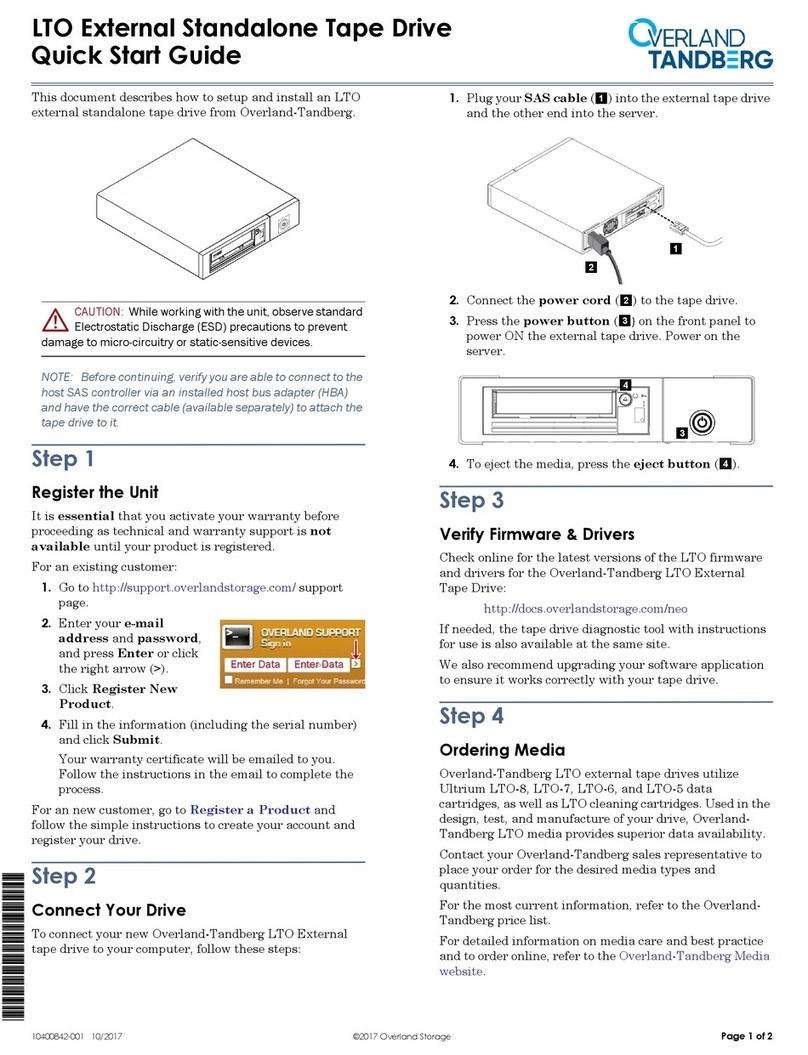
Overland Tandberg
Overland Tandberg LTO quick start guide
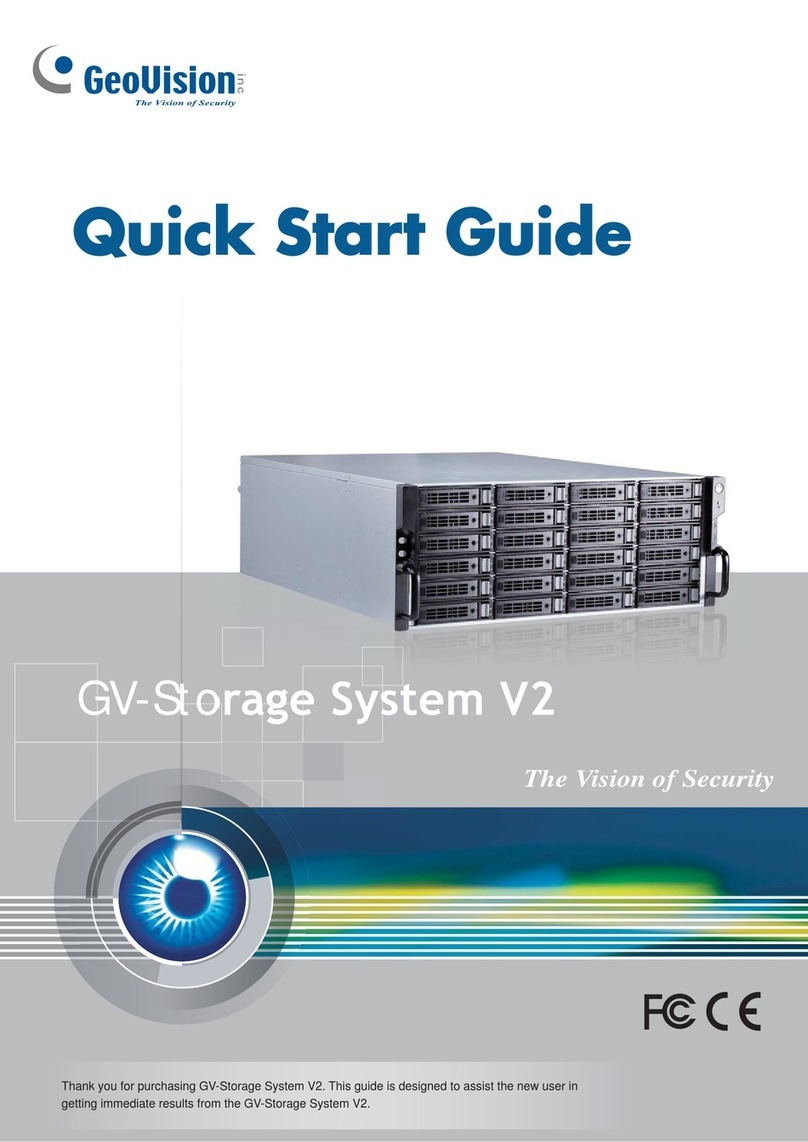
GeoVision
GeoVision GV-Storage System V2 quick start guide

Stonesoft
Stonesoft StoneGate IPS-1205 Appliance installation guide

Keter
Keter A-2235-1 Assembly instructions
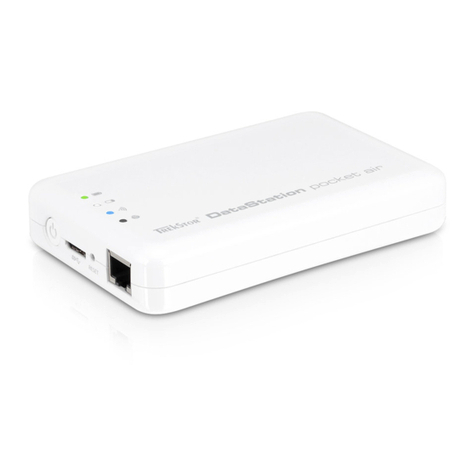
TrekStor
TrekStor DataStation PocketAir user manual
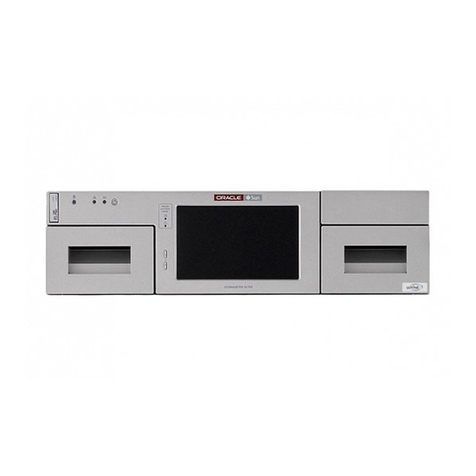
StorageTek
StorageTek SL150 Guide

